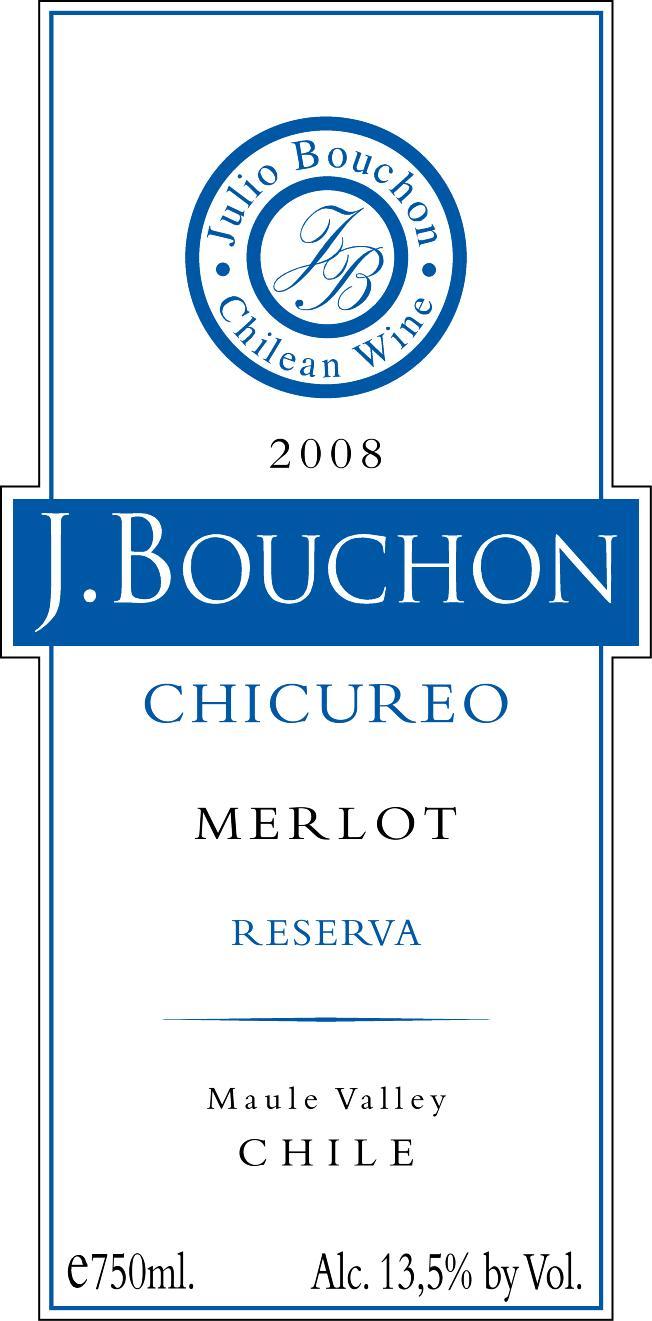2008 Maule Valley Merlot
J. Bouchon Chicureo is a delightful red wine hailing from the renowned Maule Valley, celebrated for its exceptional winegrowing conditions. This 2008 Merlot showcases an inviting deep ruby color that hints at its rich character. On the palate, it is medium-bodied, offering a harmonious balance of supple tannins that lend a pleasing structure without overwhelming the senses. The acidity is vibrant, providing a refreshing lift that enhances the wine's overall elegance. Fruit intensity is prominent, revealing luscious notes of black cherry and plum, complemented by subtle hints of chocolate and spice. This wine is beautifully dry, making it an excellent companion for a variety of culinary delights, particularly herb-roasted meats and savory dishes. Enjoy the sophistication of J. Bouchon Chicureo as it expresses the unique terroir of the Maule Valley.
J. Bouchon Chicureo is a delightful red wine hailing from the renowned Maule Valley, celebrated for its exceptional winegrowing conditions. This 2008 Merlot showcases an inviting deep ruby color that hints at its rich character. On the palate, it is medium-bodied, offering a harmonious balance of supple tannins that lend a pleasing structure without overwhelming the senses. The acidity is vibrant, providing a refreshing lift that enhances the wine's overall elegance. Fruit intensity is prominent, revealing luscious notes of black cherry and plum, complemented by subtle hints of chocolate and spice. This wine is beautifully dry, making it an excellent companion for a variety of culinary delights, particularly herb-roasted meats and savory dishes. Enjoy the sophistication of J. Bouchon Chicureo as it expresses the unique terroir of the Maule Valley.




